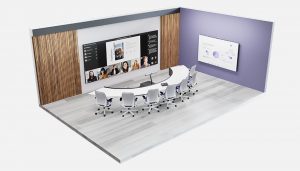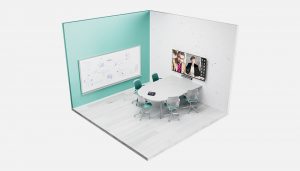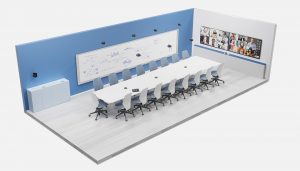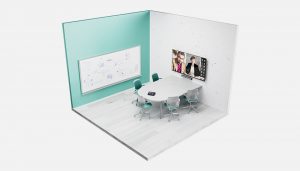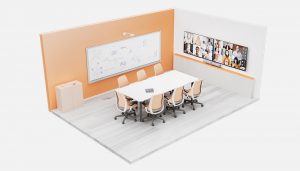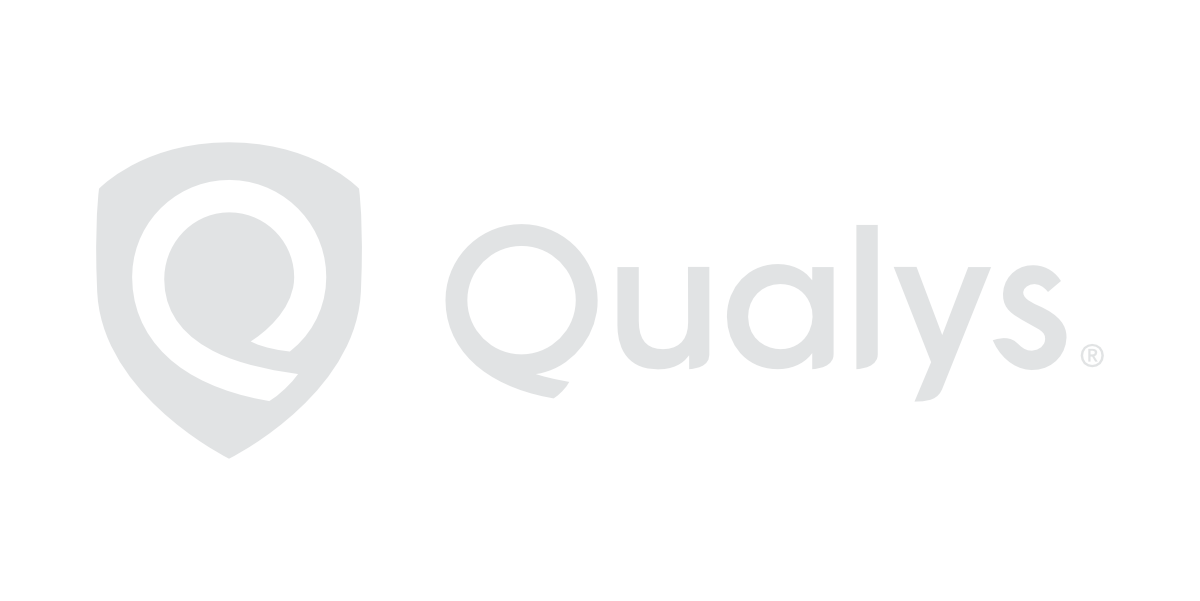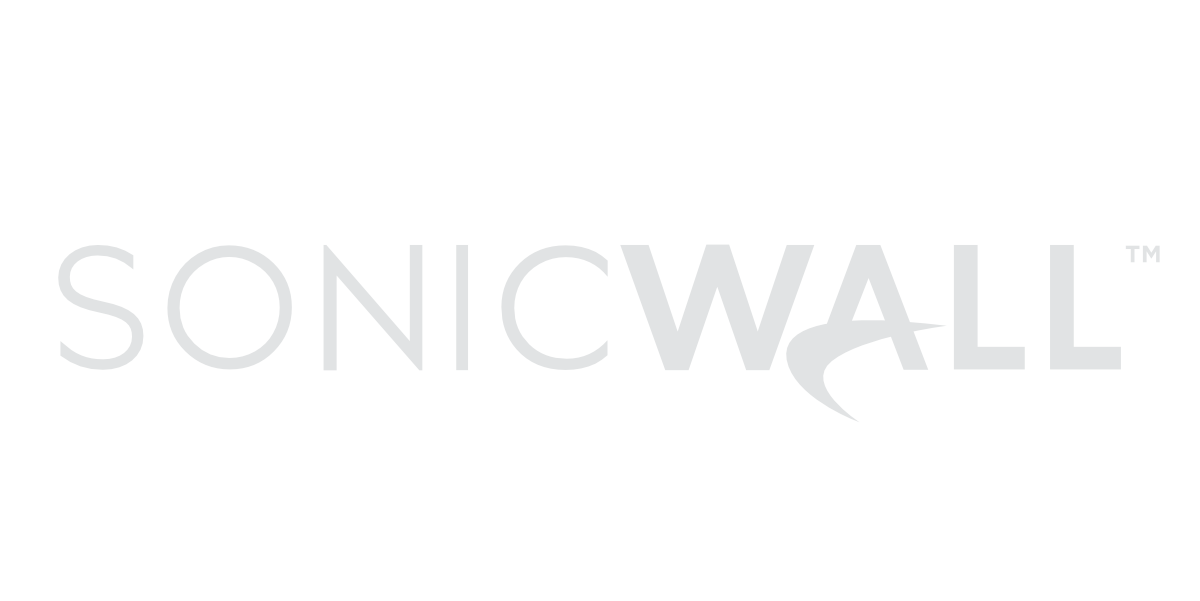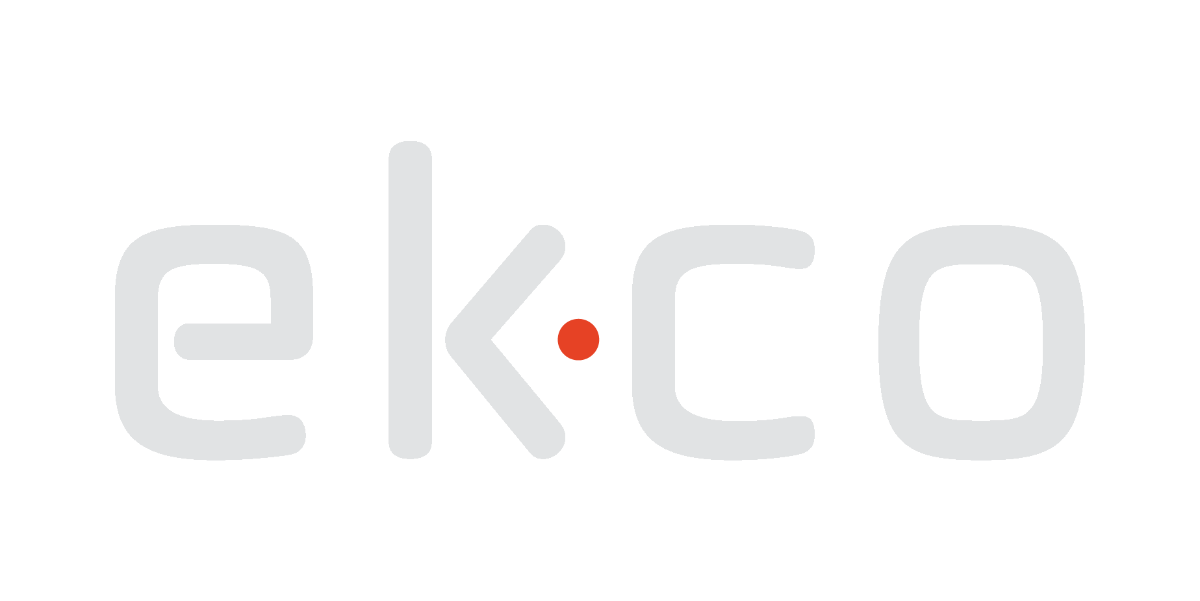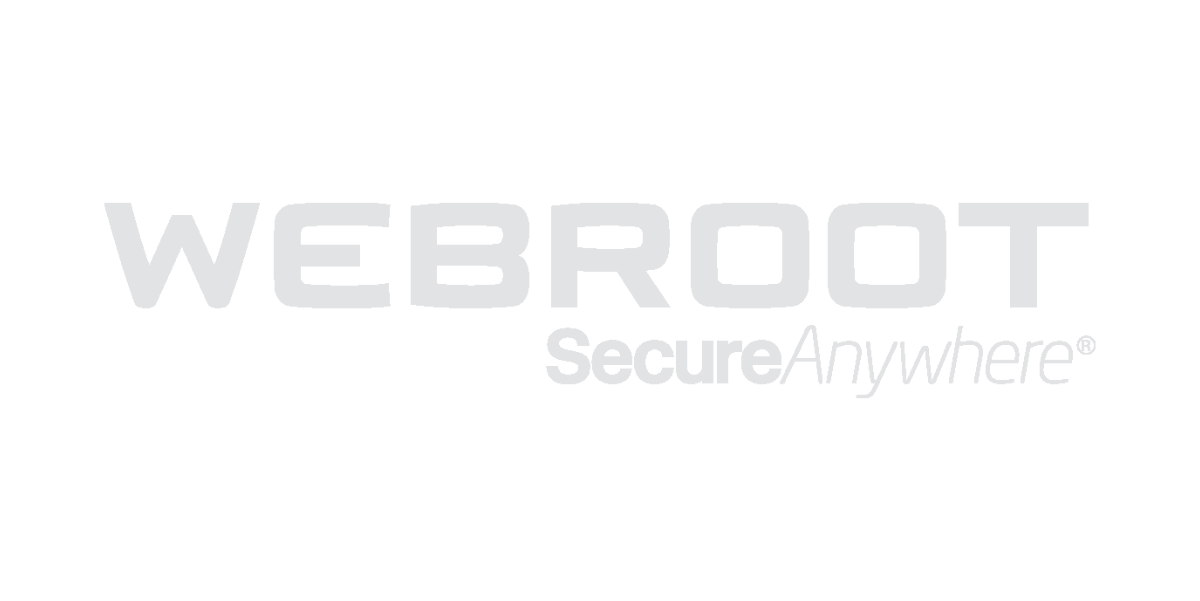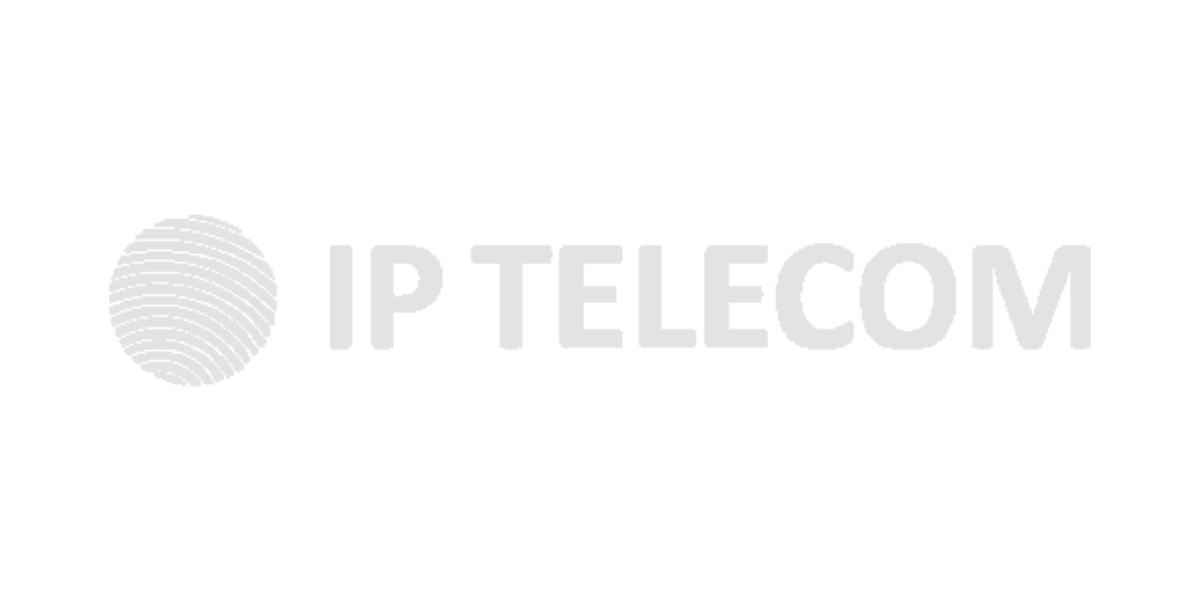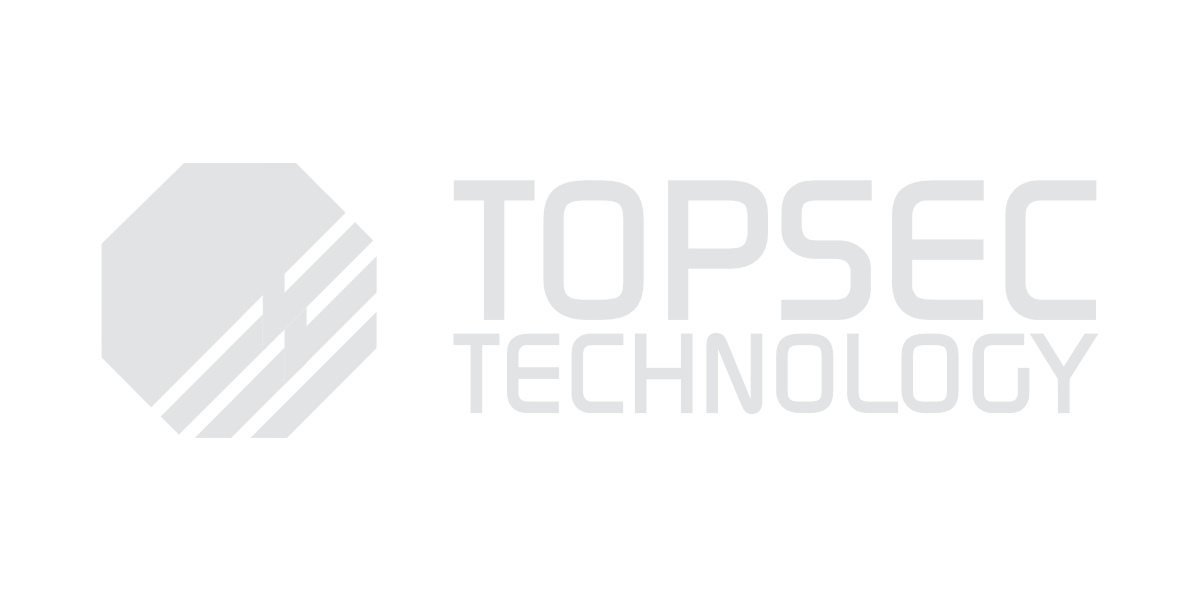Leaders want to see people on-site, but employees don’t know when and why to come in. Here’s how to make the most of your time together.
This guide covers how to make the most of your in-person time.
In-person time is essential in a hybrid model. But leaders must balance stewardship of the organization with employees’ need for flexibility. That means intentionally defining the role of in-person collaboration and creating a program for where and why to come together.
The crux: Employees need clear guidance on how to balance remote and in-person in a hybrid world. In the 2022 Work Trend Index report, 38 percent of employees said their biggest hybrid-work challenge is knowing when and why to come in to the office.
Here’s your guide to intentionally redefining what in-person time is for and making the most of in-person time together.
Make the Most of Time in the Office: Five Use Cases
Microsoft chairman and CEO Satya Nadella has said that the office is the original collaboration tool. But it should be used intentionally and specifically. These five critical “use cases” point the way.
1. Team Building and Bonding
Connections between team members effect productivity, creativity and innovation, and wellbeing. Strengthen those bonds by spending time together in the same place.
What leaders can do:
- Design on-sites that no one at the company wants to miss, like opportunities for professional development and in-person time with sought-after speakers.
- Build in-person rituals that connect people and teams—a weekly taco lunch, an annual concert.
What managers can do:
- Make sure to balance on-site planning and brainstorming with activities that build trust and encourage collaboration—like an escape room or a cooking class.
What individuals can do:
- Work with your manager and collaborators to reschedule deadlines and non-urgent meetings so you can focus on connection and collaboration.
2. Re-establishing “Weak Ties”
People’s connections to “weak ties”—those contacts at the outer rings of our networks—were often lost in remote work. The office is often the best place to strengthen those kinds of relationships.
What leaders can do:
- Schedule regular in-person events that include cross-org teams and departments.
- Use tools like Viva Insights, which can help you identify broad collaboration patterns across the organization.
What managers can do:
- Before an on-site, use one-on-one connects to help individuals develop a network plan they can use to prioritize in-person time.
What individuals can do: - Build back connections with the “five more” approach: every time you make a new contact, ask them for a list of five more people you should meet.
3. Reconnecting People to Mission and Culture
Design a Hybrid On-site
In-person days are great for bringing local employees together. But in a world where, according to LinkedIn, one in six job postings is open to remote employees, it’s important to bring everyone together a few times a year. Here’s how to design a hybrid on-site.
What leaders can do:
- Redesign meeting spaces to optimize the workplace for hybrid collaboration. (The 2022 Work Trend Index reported that 54 percent of leaders are currently redesigning meeting spaces for hybrid work, or plan to in the year ahead.)
What managers can do:
- “Re-onboard” those new hires you brought on during the pandemic—especially remote employees or those new to the workforce—by providing small group tours and opportunities for informal connections.
- Make sure all new hires have an onboarding buddy.
What individuals can do:
- Reserve time to explore the office on your own and meet with on-site experts—a representative from the operations team, a company librarian—who can help you make the most of your time.
4. 1:1 Connects
Sensitive conversations can benefit from being physically together. A 2021 survey by Glint and LinkedIn Market Research showed that 48 percent of employees prefer to give or receive feedback in person.
What leaders can do:
- Allow managers to personalize individual feedback systems—one employee may thrive with frequent, formal reviews while another may prefer a walking meeting or a check-in over lunch.
What managers can do:
- In-person syncs are a great time to discuss career development, team dynamics, and personal wellbeing. Consider leaving laptops behind and go for a stroll or find a relaxing nook.
What individuals can do:
- Make the most of your time with leaders and managers by thinking through questions and challenges you’d like to cover.
- Prioritize in-person check-ins for sensitive subjects or areas that you feel require more context.
5. Brainstorming
Hybrid brainstorming is useful, but the classic free-form whiteboarding session benefits from the immediacy of being together in person.
What leaders can do:
- Stage day-long sessions for the whole team to spitball about long-range goals, overlooked opportunities, and potential obstacles.
What managers can do:
- Stress that brainstorming sessions are another instance where decisions to come in aren’t just about individual needs but the needs of the group.
What individuals can do:
- Come prepared, stay focused, and make sure other tasks and deadlines aren’t taking up mental bandwidth for the duration of this session.
An Office Designed for Hybrid and In-person Work
From large collaboration spaces to smaller conference rooms outfitted with the right technology, a few design updates can make office spaces ideal for the new ways we work.
Experimenting with On-site Team Time
Research shows that just 28 percent of companies have implemented agreements between managers and employees on when to come in. (To help, we open-sourced Microsoft’s approach to creating them.)
Most teams will need to experiment, and keep experimenting, to find the model that works best for them.
Three in-person experiments to try with your team:
Two days in the office per week, with one “team” day optimized for team bonding, and one “people” day optimized for one-on-one connections between teammates and broader networks.
A team on-site day followed by a meeting-free workday or work block. This model can help people focus their on-site time on team building, collaboration, and connection since they know they’ll be able to catch up the day after.
Several on-site days, with in-person meetings built around core hours (say, 10 to 2) so that people can avoid rush hour and schedule their workday around school pickup and other commitments.
The Right Tech for the Right Room
Different types of rooms require different technology setups.
Enhanced Meeting Room: 1 ultra wide projector, 1 integrated camera/ speaker/ mic/, 1 Surface Hub 2s
Open Collaboration Space: 1 Surface Hub 2S
Medium Conference Room: 2 displays; 1 camera, 1 content camera; 2 speakers, mics
Focus room: Bring your own device, or 1 display; 1 integrated camera/speaker/mic
Large Conference Room: 1 4K projector; 1 camera, ceiling-mounted speakers, and mic; 1 Surface Hub 2S, or 1 content camera
Open Collaboration Space: 1 Surface Hub 2S
Small Conference Room: 2 displays; 1 integrated camera/speaker/mic; 1 content camera
Focus room: Bring your own device, or 1 display; 1 integrated camera/speaker/mic
Jump Start your time in the Office
Here are three reasons people aren’t coming in, and how to address each.
People want control over where, how, and when they work
In the 2022 Work Trend Index, 51 percent of global employees said they were considering going hybrid in the year ahead. And nearly half of today’s employees are millennials or Gen Zers who’ve spent their formative professional years in a flexible, digital-first, hybrid setting.
Leaders need to show individuals how their in-person time contributes to the greater good.
- Recommend, rather than enforce, in-person time. Leaders need to build a culture where people want to come in to support their team. If they feel forced, top talent will eventually opt for a more flexible option elsewhere.
- Be clear about when and why you’re asking people to attend an event in person, and include a social element that offers both individual and organizational benefit.
Commuting is stressful and time-consuming
In a 2021 survey of Microsoft employees, 61 percent said their primary reason to work from home was skipping the commute.
Communicating the value of in-person goes a long way in making travel time “worth it.” Some other ways to help:
- Encourage managers and individuals to keep flexible hours that allow everyone to avoid rush hour and help make travel time more efficient.
- Offer public transportation discounts or other commuter perks—it’s good for the environment and your employees. Carpooling can be another good way to help lower carbon footprints and create new bonds.
- Remind employees that a commute can play a positive role in work-life balance by providing liminal time in which to shift into and out of work mode. (That time is so valuable that Microsoft researchers developed a virtual commute to try to recreate the experience for remote and hybrid workers.)
People feel that they get more focused work done at home
In the 2021 Work Trend Index, 58 percent of people cited “focused work” as a reason they wanted to work in the office, but the same number cited “focused work” as the reason they wanted to work from home. Leaders need to find a way to accommodate both.
- Equip the office with small focus rooms where people can take a quiet meeting or catch up on heads-down work.
- Invest in on-sites. In a culture where teams are valued, people are more likely to understand that creating connection is as important as focused work—and they need to make time for both.
- Give people autonomy over their schedule so they can follow a meeting-heavy on-site day with a meeting-free day from whatever location works best for them.
Learn more about how you can create an efficient hybrid-working model, here.
*This blog was originally published by Microsoft.
Let's talk...
Find out how we can support your business, email us at enquire@supportIT.ie or Low-Call 1800 887 818.
